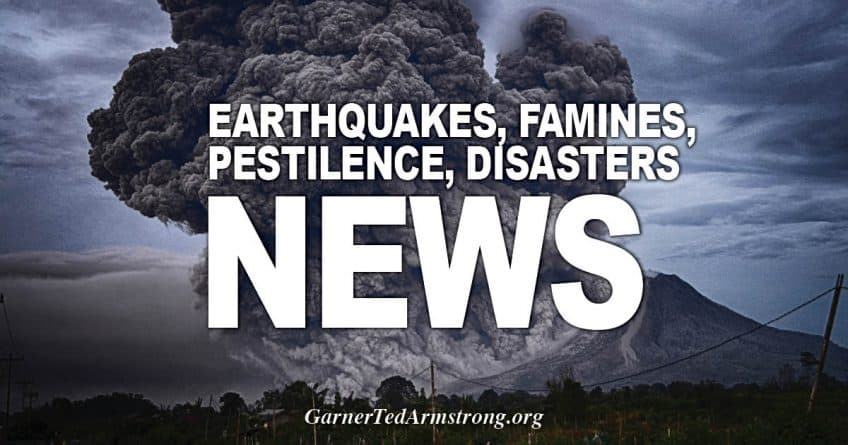Facing major losses after the 2018 Camp Fire, insurance companies dropped Californians in wildfire-prone Sierra foothills communities at an accelerating rate last year.
Carriers sent non-renewal notices to 42,088 homeowners in the foothill counties in 2019, compared to 23,925 the year before, Deputy Insurance Commissioner Bryant Henley announced Monday. Almost every one of these homeowners had to buy replacement coverage from the state’s “insurer of last resort,” the FAIR Plan, often at prices double or triple what they were paying before.
The statistics, released at a Department of Insurance hearing, suggest the insurance crisis in California’s wildfire zones is continuing to rage.
Insurers began dropping thousands of mostly rural Californians after swallowing losses of $25 billion during the 2017 and 2018 wildfire seasons, capped by the near-total destruction of Paradise in the Camp Fire. Insurers did get compensated for about $11 billion in losses by PG&E Corp., which has been held responsible for most of the worst wildfires.
Nonetheless, industry officials say climate change and other factors are making increasingly large swaths of California almost uninsurable.
With the state experiencing its worst wildfire season ever, with more than 4 million acres burned, the shortage of affordable insurance coverage for homeowners is likely to intensify.
Insurance Commissioner Ricardo Lara, who convened the hearing on Zoom to explore ways of increasing coverage options, acknowledged that affordable insurance is tied to the underlying risk. “We will reduce this spread of wildfire risk,” Lara said.
The wave of insurance cancellations blanketed much of the Sierra Nevada. In the northern Sierra, non-renewals more than doubled last year, to 25,508. In the central and southern Sierra, 16,580 homeowners lost their coverage last year, up from 11,779 the year before.
Homeowners who get dropped by mainstream companies usually have to buy coverage from the California FAIR Plan, the state’s “insurer of last resort,” at rates three or four times higher than they had been paying. The number of Californians on the FAIR Plan jumped from 140,000 in 2018 to 190,000 last year. By August of this year, the FAIR Plan rolls had surpassed 200,000.
“I’m fortunate, I guess, to even have some insurance,” Mark Ratermann, who lives in the foothills northeast of Sacramento, said during the Zoom hearing. He said he pays $6,000 a year for coverage now, up from $1,800 a few years ago.
HOME ‘HARDENING’ STANDARDS TO REDUCE RISK
Lara introduced a bill earlier this year, AB 2367, that would have forced insurers to write coverage in fire-prone areas if homeowners and communities took steps to “harden” homes against wildfire risks.
The legislation died after insurers fought back, saying they shouldn’t be required to sell policies until standards for home hardening had been established. As a result, Lara agreed to work with the industry on standards, and Monday’s hearing was the first step in that process.
Home hardening has emerged as an increasingly viable tool for reducing wildfire risk. After the 2018 Camp Fire destroyed more than 12,000 homes in Paradise, a McClatchy investigation revealed that homes were more likely to survive if they’d been built according to a strict building code requiring fire-resilient roofing and siding and other protective features.
“Home hardening works,” Henley said, as a chart outlining some of McClatchy’s findings flashed on the Zoom screen.
Gov. Gavin Newsom’s proposed state budget for this year originally contained $100 million to help communities retrofit homes for wildfire safety. But the funding was dropped after the COVID-19 pandemic and economic shutdown left the state with a $50 billion deficit.
Insurance companies say they’ll work with Lara on home-hardening standards — but also argue that they must be allowed greater flexibility to charge rates that match with the risks involved in selling coverage in fire-prone communities.
“We absolutely must retain financial strength to pay these claims,” State Farm vice president Nicole Forziati said at Monday’s hearing.
Flames shoot from a window as the Bear Fire burns through the Berry Creek area of Butte County, Calif., on Wednesday, Sept. 9, 2020. The blaze, part of the lightning-sparked North Complex, expanded at a critical rate of spread as winds buffeted the region. (AP Photo/Noah Berger) AP
Source: https://www.sacbee.com/news/california/fires/article246561448.html
[Disclaimer]









